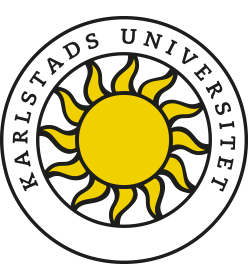Samhällskunskap och historia i svensk gymnasieskola
ämnenas roll och relation i diskurs och ämnesplaner
Nøgleord:
MEDBORGARKOMPETENS, MEDBORGARFOSTRAN, HISTORIEDIDAKTIK, SAMHÄLLSKUNSKAPSDIDAKTIK, HISTORIEMEDVETANDE, HISTORIEBRUK, DEMOKRATI, MEDBORGARSKAPResumé
The adoption of new syllabuses in history and social science in the new Swedish curriculum raises questions on the relationship between the two subjects. Social Science and History as school subjects have previously been described as both competing and complementary. The competing aspect has mainly been described in terms of citizenship education and the complementary aspect has been described in terms of content, abilities, and temporality. This article discusses how history and social science relate to these four topics in didactic discourse and in the new syllabuses. In the didactic discourse both subjects underline the importance of making subject matter useful in life outside school. However, the new syllabuses are very differently formulated in this sense. History is closely connected to citizenship education and describes content, abilities and temporality in such a context. Social Science on the other hand down tones the traditional role as a subject important for citizenship. Instead, focus is aimed at disciplinary thinking and using knowledge to understand social science methods and theories. This development is seen as very problematic and challenging for a meaningful teaching of Social Science in upper secondary school. In response to this challenge, the author proposes interdisciplinary didactic development, especially in developing "dynamic concepts" within Social Science didactics.


